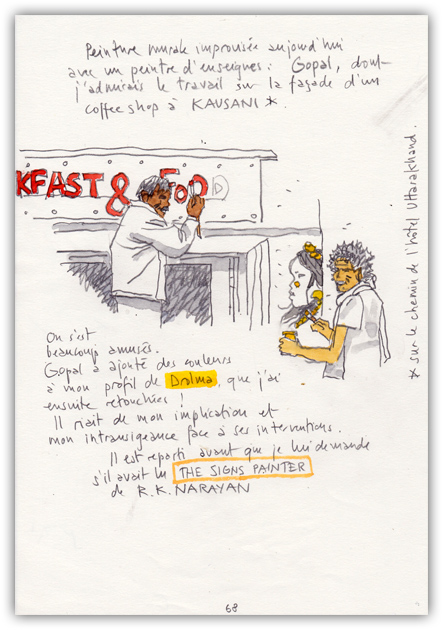
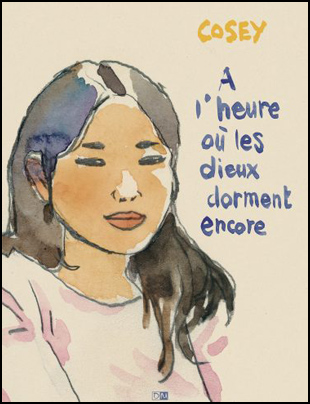
Jonathan 17: La Piste de Yéshé
A l’heure où les dieux dorment encore
12 October 2021
This month, two books by Cosey will be published at almost the same time: the 17th album of Jonathan ‘La Piste de Yéshé’ (LeLombard) and a book that can be described as a travel journal ‘A l’heure où les dieux dorment encore’ (Daniel Maghen).

The 17th Jonathan album will close the series. The previous album ‘Celle qui fut’, was also announced as a closing chapter. What made you reconsider and make this new album?
Cosey: “I have always wanted to close the Jonathan series. ‘Celle qui fut’ had an acceptable end, but I wasn’t satisfied with it. While I re-read my first album, I read what I wrote to present Jonathan on the backside of the first album [‘Jonathan, tel que je l’ai connu’ – this text is also included in the Jonathan Intégrale]. I told about Jonathan as a friend who left for Tibet, and this gave me the idea of a true end to the series. The result is this 17th album. I wanted an end that was fit for the character. And this end fits Jonathan, it wouldn’t be fitting for any other character.”
From the very start, this intoductory text has presented Jonathan as a real person. An old friend of Cosey who left him to go to the Kilimandjaro, but who turns up in the Himalayas. In several albums, we have seen Jonathan corresponding with his author – at least we suspected it before it became explicit in ‘Elle ou dix milles lucioles’. Together with the likeness of Jonathan and Cosey himself, this has been a source of mystery and speculation among readers from 1975 onwards.
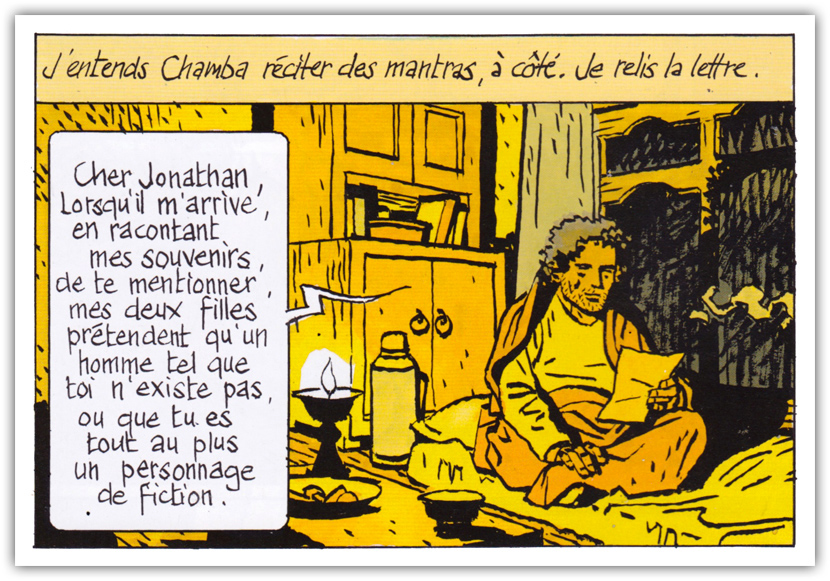
In several interviews in the past, Cosey has told that he likes ‘happy ends’ (‘Le voyage en Italie’ may be the exception in his oeuvre), or at least stories that are neatly finished. Did he still have some ‘unfinished business’ he had to address in this final album?
Cosey: “I asked myself what had become of Drolma. I regretted that I had abandoned her, this was something unfinished. So, at the moment that I started to think about this ‘Piste de Yéshé’, I saw that Drolma had to reappear in this lost monastery.”
More characters from earlier albums will make a reappearance in this album. “I wanted to say goodbye to them and to offer them the occasion to greet their readers one more time, just like actors do after a performance in a theatre. I would have found it sad and even ungrateful to forget them completely.”

The idea of a lost monastery comes from a recent visit to Ladakh: “I had the chance to stay in a monastery for a few days. I wanted to tell a bit about this life in a monastery. For me, that is just as interesting as the invasion of Planet Earth by aliens and other subjects that are more popular in fiction. I much appreciated that I could share the daily life of the monks.”
“I rented a motorbike – a Royal Enfield, made in India – and I could do like Jonathan. I loved to ride on clay roads at 4000 to 5000 metres of altitude. It gave me a lot of little anecdotes, like that people over there even try to stop motorbikes for a hitchhike. All kinds of details that I reuse to anchor my story in a reality far from comic clichés.”
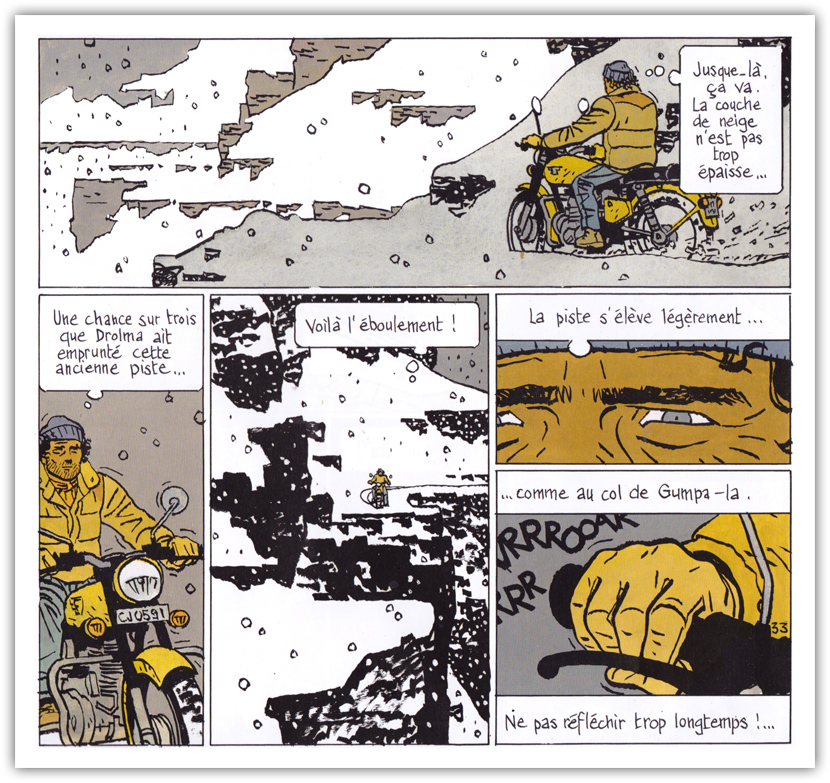
All this is possible in Ladakh, a Tibetan region under Indian protection. It is completely different in Central Tibet, under Chinese occupation. “After several travels to Tibet, I can only say that the situation there is worse and worse. It is a country that is occupied and eaten from the inside. There are more Chinese people than Tibetans, especially at key positions. The Tibetan language is no longer taught at schools. There are cameras everywhere – in a mini-bus for twenty persons I counted six cameras!”
The Jonathan series has always had this spiritual, philosophical undertow, a quest for a deeper meaning or an explanation of ourselves. The core – already present in this same introductory text – is that whatever we are looking for, the answer is already inside us. Cosey: “I am still searching myself. Always and no less. I can’t avoid it even if I know there is nothing to be found.”
How do you feel, now you have put an end to your series after 46 years? “I am grateful. I could not foresee this. It was not meant as a series. It has drawn itself one volume after the other. Of course, there will be a period of mourning. After all, Jonathan has accompanied me so many years… But foremost, I am happy and satisfied to offer this conclusion to my readers.”
A l’heure où les dieux dorment encore
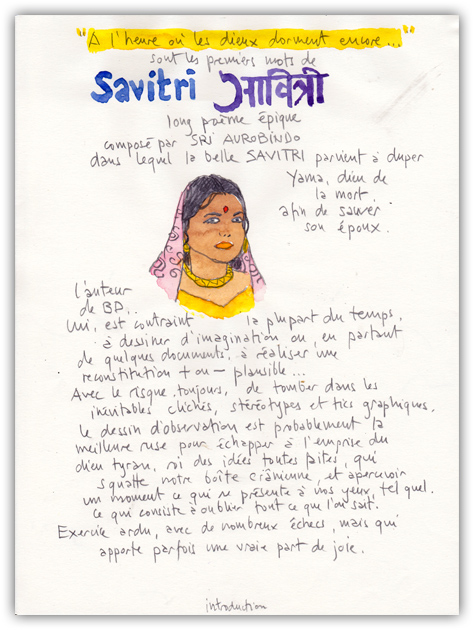
Over the years, Cosey often told how he ran out of documentation when he was working on the fourth Jonathan album, and how he took the opportunity to visit Ladakh, a Tibetan region in India, that just opened its frontiers to tourists in the 1970s. The depiction of daily life and scenes based on his thorough documentation gathered on location – photographs and sketches – gave his albums their ‘truthful’ nature and a sense of realness.

At last, a book with Cosey’s sketches will be published – suprisingly late, when you consider how his sketches (as published in dossiers of his albums and as exposed in several exhibitions) have always been highly appreciated. ‘A l’heure où les dieux dorment encore’ will be published by Daniel Maghen, who published ‘Echo’ in 2007. Cosey: “I haven’t had many offers from publishers [ to publish these sketches]. Publishers prefer comics, they are easier to sell. I proposed these works to several publishers, and finally Daniel Maghen decided to do it.”
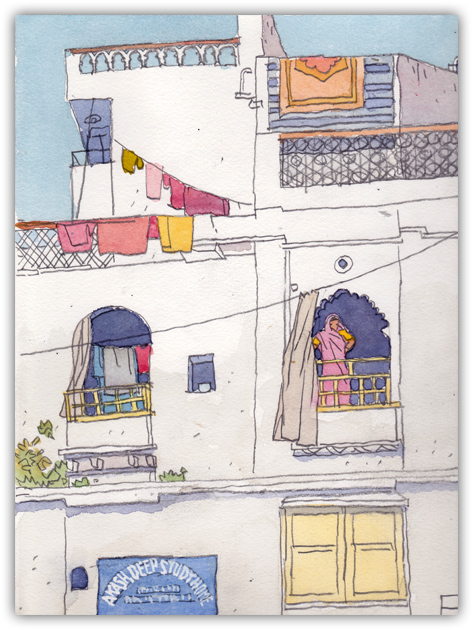
“‘A l’heure où les dieux dorment encore’ is not only a big travel journal, but also a diary. I also write about colours, my thoughts about comics and sometimes about more intimate subjects. So, I have reworked and added images and texts. The book is divided by regions (like the Alps, Cyclades, Taiwan, Japan, etc), but I change subjects when I like.”

The statements above have been taken from an e-mail exchange between Cosey and me and from the Press Dossier ‘La Piste de Yéshé’ of LeLombard. I hadn’t had the opportunity to read ‘La Piste de Yéshé’ and I wanted to avoid to disclose too many story elements that I heard of or read about. I combined statements from these sources, I re-ordered them and I translated them into english. My goal was to keep the spirit of these statements and answers.
Many thanks to Bernard Cosey!
